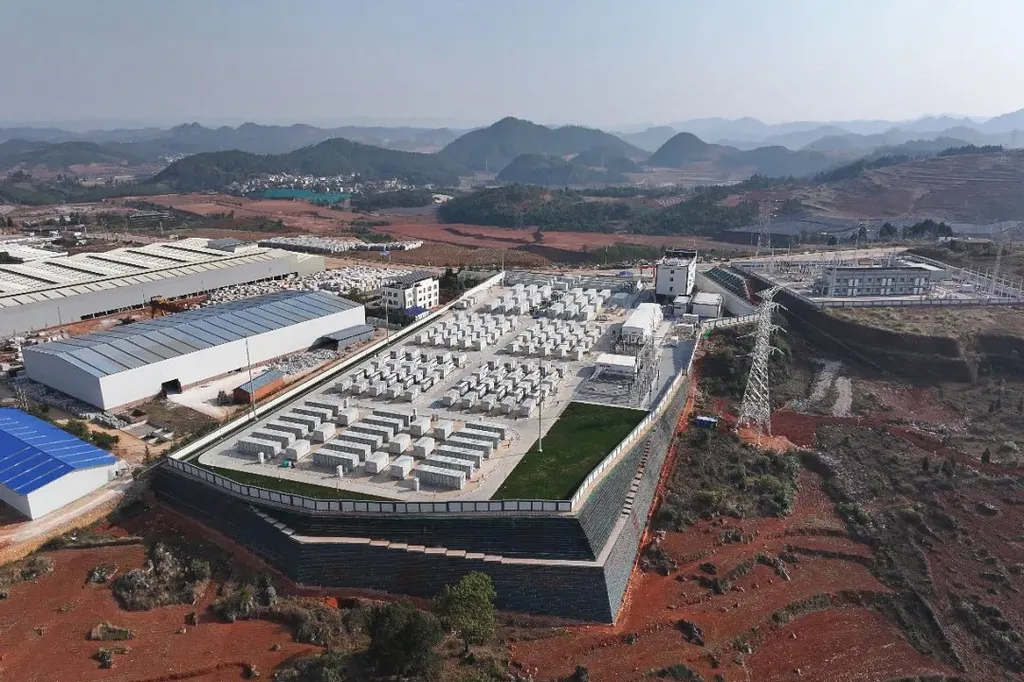In the face of increasingly erratic weather patterns, the energy sector is grappling with a growing challenge: the sudden, dramatic fluctuations in power output from wind and solar farms. These “ramp events,” as they’re known, can disrupt the delicate balance of power grids, leading to unplanned outages and potential instability. A recent study published in the journal *Energies*, titled “Detection and Prediction of Wind and Solar Photovoltaic Power Ramp Events Based on Data-Driven Methods: A Critical Review,” sheds light on the latest advancements and persistent hurdles in predicting these events. The research, led by Jie Zhang from the System Operation Department at Yunnan Power Grid Co., Ltd., offers a comprehensive look at how data-driven methods are evolving to tackle this critical issue.
The study underscores the unique challenges of ramp event prediction. Unlike traditional power forecasting, which focuses on long-term trends, ramp event prediction must capture abrupt changes in power output caused by short-term meteorological fluctuations. “Ramp events are particularly tricky because they’re localized and sudden,” Zhang explains. “A sudden cloud passing over a solar farm or a shift in wind patterns can cause a rapid change in power output, which can strain the grid if not managed properly.”
The review highlights significant progress in detection algorithms and predictive model architectures. Machine learning and artificial intelligence have played a pivotal role in improving the accuracy of these predictions. However, the study also points out that current methods often struggle with localized ramp phenomena, leading to persistent deviations in forecasts. “While we’ve made strides in overall predictive performance, capturing the nuances of localized ramp events remains a challenge,” Zhang notes.
One of the key findings is the need for tailored evaluation systems that go beyond conventional forecasting metrics. The study suggests that future research should focus on developing adaptive, ramp-specific evaluation frameworks. Additionally, the integration of physical modeling techniques with data-driven approaches could enhance the robustness and interpretability of these models.
The commercial implications of this research are substantial. As the energy sector continues to integrate more renewable energy sources, the ability to accurately predict and mitigate ramp events becomes increasingly crucial. “Accurate ramp event forecasting can help grid operators make better decisions, reduce the risk of outages, and ultimately ensure a more stable and reliable power supply,” Zhang says.
The study also emphasizes the importance of leveraging multi-modal systems that can utilize heterogeneous data sources. This approach could provide more comprehensive and actionable insights, enabling grid operators to respond more effectively to ramp events.
As the energy sector navigates the complexities of integrating renewable energy sources, the insights from this research could shape future developments in power prediction and grid management. By prioritizing adaptive, ramp-specific evaluation frameworks and the fusion of physical and data-driven modeling techniques, the industry can move towards more robust and reliable power systems.
In the ever-evolving landscape of renewable energy, the ability to predict and manage ramp events will be a key factor in ensuring the stability and efficiency of power grids. The research led by Jie Zhang offers a critical review of the current state of the field and points the way forward, highlighting the need for continued innovation and collaboration in this vital area.

